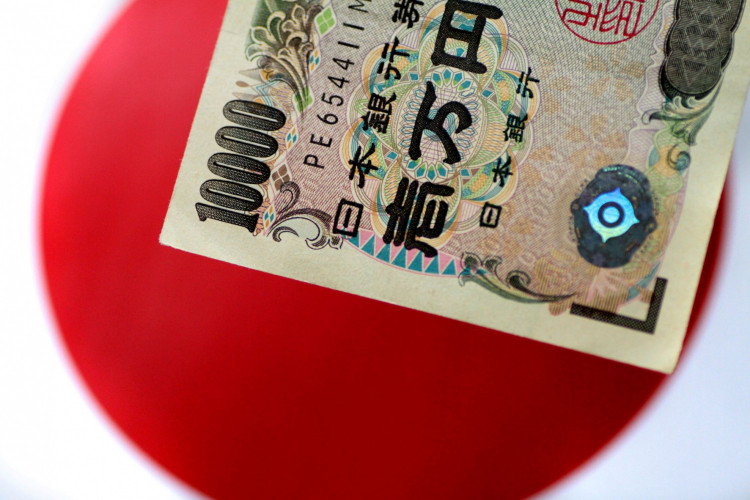The Japanese yen sank to a three-month low against the U.S. dollar on Monday, pressured by Japan's ruling coalition's significant election setback and the growing uncertainty surrounding the future of the Bank of Japan's (BoJ) monetary policy. The dollar strengthened by as much as 1%, peaking at 153.88 yen, its highest since July, before paring some gains to trade at 152.72 yen. The yen's 6.4% slide in October marks its steepest monthly decline among G10 currencies.
The ruling coalition, composed of Prime Minister Shigeru Ishiba's Liberal Democratic Party (LDP) and its junior partner Komeito, won 215 seats in the recent lower house election, falling short of the 233 required for a majority. This marks the first time since 2009 that the coalition has failed to secure a majority, raising questions about the political landscape and its potential impact on the BoJ's economic direction.
"The recovery in the yen later in the day suggests that European and U.S. traders may not be interpreting the political uncertainty in Japan in the same way as Japanese markets," said Jane Foley, head of FX strategy at Rabobank London. She added that the next few weeks would be critical, as Japan must quickly establish a new coalition government to initiate budget talks heading into December.
Traders were quick to react to the election results, anticipating that Japan's new government might lack the political capital to support the BoJ's anticipated rate hikes, further clouding the yen's outlook. Shigeru Ishiba, now Japan's fourth prime minister in just over four years, faces the challenge of stabilizing leadership and navigating economic recovery in an environment of rising global yields.
Market participants now expect Japan's central bank to take a more cautious approach at its upcoming policy meeting, a sentiment echoed by George Vessey, lead FX strategist at Convera in London. "The coalition's loss of a majority has added to the bearish sentiment around the Japanese yen as political uncertainty clouds the BoJ's policy outlook," said Vessey. The yen has already been under pressure from rising global yields, and the election results only heighten concerns over Japan's monetary future.
The U.S. dollar, meanwhile, is on track to post its biggest monthly gain since April 2022, driven by strong macroeconomic data and expectations of policy shifts in Washington. The dollar index, which tracks the greenback against a basket of major currencies, has risen 3.6% in October, bolstered by robust U.S. economic growth and speculation that Donald Trump's potential return to the presidency could delay interest rate cuts.
"The diverging macro picture has led some investors to rethink their positioning as it relates to the future policy path of the respective central banks," added Vessey. The U.S. economy's resilience, coupled with strong U.S. Treasury yields, has continued to push the dollar higher, especially as the Federal Reserve shows signs of maintaining a less aggressive policy easing stance.
As Japan grapples with political uncertainty, the U.S. is experiencing a different kind of market volatility, with Trump's candidacy and fiscal policy prospects further complicating the outlook. Concerns over deficit spending and potential policy shifts have driven U.S. bond yields to three-month highs, further boosting the dollar and putting additional pressure on the yen.
Economic data from both sides of the Pacific will play a crucial role in shaping the next moves for the U.S. dollar and the yen. Investors are eyeing the U.S. October employment report, which could be impacted by strikes at Boeing and hurricanes in the southeastern U.S., as well as inflation figures from Europe and Australia. Meanwhile, Japan's political landscape remains fluid as coalition talks continue, with analysts warning that extended uncertainty could drag on the yen.
On the technical front, the yen could face further headwinds if it fails to hold key support levels. Recent chart patterns suggest that any meaningful pullback in the USD/JPY pair may find support near the 153.20-153.00 range, but a deeper decline toward the 152.00 level is not out of the question. Conversely, a break above the 155.00 psychological threshold could see the yen fall further, toward late July highs around 155.20.
Despite the yen's struggles, Japan's central bank may not intervene in currency markets unless the yen weakens significantly, with 160 identified by analysts as a key level that would prompt action from the finance ministry. "The market is closely watching for any signal of intervention, but for now, the yen's depreciation seems tied more to the broader macro landscape than any immediate threat to Japan's economy," commented BNY analysts in a note.






